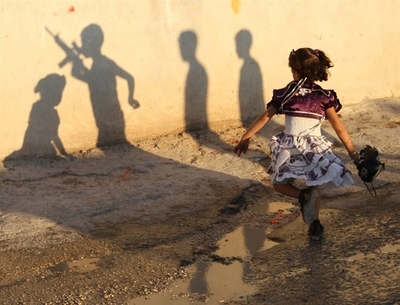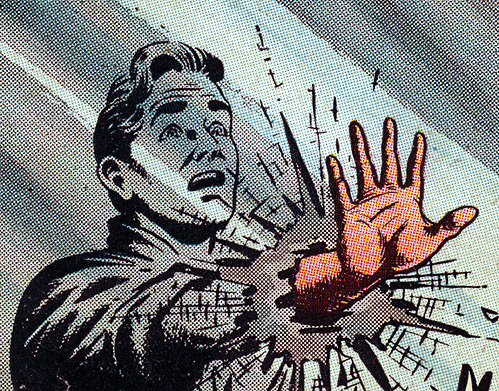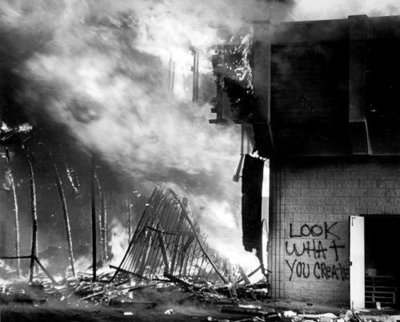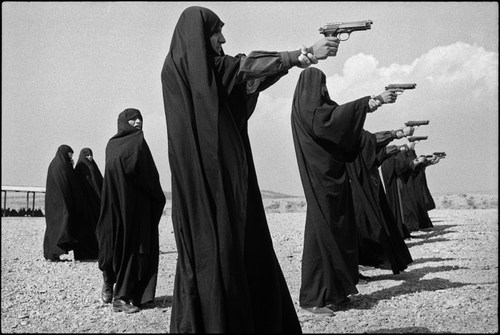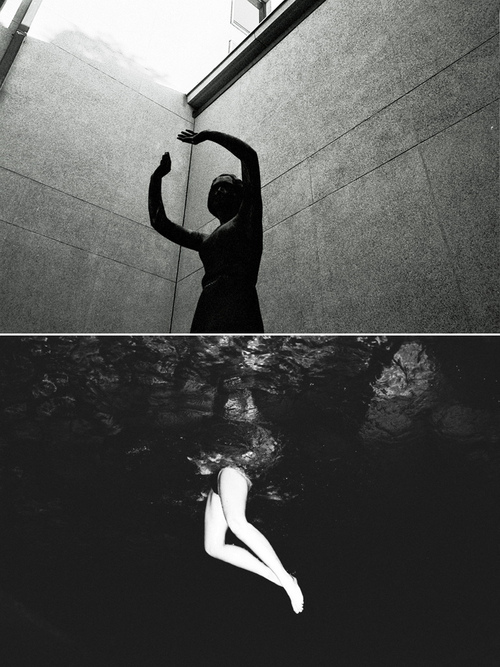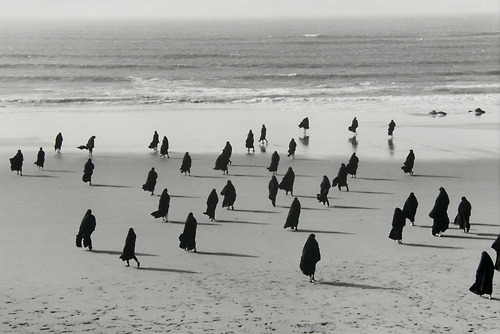Notes on a talk by Michael Stone, Toronto. September 10, 2012 www.centreofgravity.org
Eight
When Jung was eight years old he found it hard to be around other people and this caused him anguish. He felt a split between his outer world, and the inner world of dreams and images. It was hard to engage with other kids, the more time he spent with them the more he felt alone. But already at eight, he felt connected to religious and symbolic imagery. His father, also named Carl, was a pastor. Young Carl was particularly interested in the trinity, and asked his father about it. What is the meaning of the trinity? His father couldn’t answer and that was a turning point, his son felt that dad was a hollow shell, a fraud. He pitied him. While he performs the functions of a pastor, he isn’t connected with the meaning behind what he is doing.
Here is another split in young Carl’s life. He thought his father had a connection with the inner life he was just beginning to intuit. He went to the back garden where there was a large stone wall and started building fires. He would build a fire that “had to burn forever. No one but myself was allowed to tend to this fire. Others would light other fires in other caves, but these fires were profane and did not concern me. My fire alone was living and had an unmistakable aura of sanctity. In front of this wall a stone jutted out…”
Stone
One day when he wasa out sitting on a stone. “I am sitting on the top of this stone and it is underneath. But the stone could also say ‘I’ and think: ‘I am lying here on this slope and he is sitting on top of me.’ Then the question arose: am I the one who is sitting on the stone, or am I the stone on which he is sitting?” He feels torn apart, whichever way he turns it’s binary. He has the sense that he’s two people. Personality one: a schoolboy who can’t grasp algebrae and Personality #2: I am an old man from another era. One of his earliest memories was watching a buggy pass by on the street, looking as if it was from the 18th century. An old man was driving it. He had the sense that he belonged to that era. That’s who he really was, he was from another time. “At that moment I came upon myself.” How to let personality 1 serve personality 2?
Fossils
We the living are fossils containing residue and remnants of our collective past. We’re acting out something much older and deeper than we realize. The unconscious isn’t just what we push out of awareness, it’s always active, and acts as a widening corrective, restoring the mythological view. For Freud the unconscious is filled with material that we can’t integrate, the ego represses different experiences, splits off parts of itself and renders them unconscious. Jung says yes that’s true, but beyond that there is a larger unconscious that we all share, deeper layers of unconsciousness organized in patterns/images. In order to understand it you need to look at art and religion. Because art and religion are capturing these narratives that are forcing their way back into consciousness. The unconscious is trying to show the ego something it can’t see (which is more than what the ego has pushed away).
Archetypes
Archetypes are not thoughts, they are thought patterns. Myths and images arrange suffering in patterns: tragic, comic, hero, victim, liberation, confinement. Archetypes are the psychic side of genetic. In yoga we call these the samskaras.
*Neurosis is an initiation into deeper structures. Not just a way to feel small, to experience suffering. Neurosis is the portal to infinity. The wound is the path.
When Jung split from Freud, Jung lost all of his colleagues and his teaching posts which were dependent on taking Freud’s work further. Jung had lost the scaffolding of how to see his own mind. He was using dreams of clients as evidence, and his own dreams, mythology, and his inner life. His audience was scientists.
Dream
A woman comes to see Freud, her father has recently died, she’s unable to meet a man, and it’s become a neurosis. Then she has a dream. “Her father (who in reality was of small stature) was standing with her on a hill that was covered with wheat fields. She was quite tiny beside him, and he seemed to her like a giant. He lifted her up from the ground and held her in his arms like a little child. The wind swept over the wheat fields, and as the wheat swayed in the wind, he rocked her in his arms.”
The dream occurs at a time when she thinks of Jung as a kind of God, he can do anything. This is called transference (which is a fancy way of saying projection). Jung insisted: if something is unconscious, we can’t know it. The only way you can recognize the unconscious is through projection. You can’t see it, so you project it. If you’re mad you might look at a friend and say, “You look mad.”
Jung says that when we withdraw projetion we make a move that opens us up to a greater field, a field structured in patterns. Archetypes.
In her dream a giant (Jung? dad?) holds her. Jung sees something very deep here. Perhaps she’s not simply seeing me as God – but she’s having an experience of God. Wind comes from the word “spirit.” Instead of analyzing her dream in a small way, Jung feels that the dream is about more than her therapeutic relationship. “Was the urge of the unconscious perhaps only apparently reaching out towards the person, but in a deeper sense towards a god? Could the longing for a god be a passion welling up from our darkest, instinctual nature, a passion unswayed by any outside influences, deeper and stronger perhaps than the love for a human person?”
Gods
It’s hard to dream about “God” as an immensity, so we shrink our Gods down to human forms, to recognizable forms, to what we know. Gods become personified. How do we let our dreams enter us?
Jung reads her neurosis as the psyche seeking something larger than itself. “From this I realized that the dreams were not just fantasies, but self-representations of unconscious developments which allowed the psyche of the patient gradually to grow out of the pointless personal tie.” Her dream wakes her up to experiences beyond the merely personal that consciousness needs to pay attention to. Our symptoms ask us to connect with a passion that’s bigger than our lives in order to give our lives meaning
Jung’s method asks us to develop more of an eros relationship to images. True imagination is not broodings of the mind, but actually entering or becoming the imagnal. Real eros is the kind of love that includes hatred, just as mature creativity includes destruction.
There is a level of the psyche so old it doesn’t speak in language, but in images. How do we build a relation to a psyche so that it builds character? The way one grows up is to fulfill what these deeper levels demand of us. We fulfill it through livelihood, how we make big decisions, how we love. At certain ages there are demands placed on us: to raise a family, to do our jobs well, to look after our aging parents. These structural demands can put us in touch with our deepest mythological origins.
Old Loves
I used to practice psychotherapy and was surprised to learn that people dream more about their old loves than they do their families. Perhaps because these loves arrived at formative moments, the stone was still being chipped and carved back then. All those promises you made to yourself. Jung said to this woman: perhaps you need more eros towards your inner life. The presenting symptom is a doorway to a change of attitude. It’s not just about getting a husband, but to love her inner life.
I used to have the feeling that the people who saw me as a psychotherapist were falling out of capitalism. They couldn’t quite fit, couldn’t be quite as productive as they felt they were supposed to be. Couldn’t manage the roles. Jung said that when someone projeccts something onto you, you project something back – counter transference. But strangely, counter transference happens before transference.
I learned that transference is always a need for love. A need not met earlier in life. But maybe love is put up against too personal a background. Ultimately, it’s a love of the psyche we need to learn. The analyst/therapist is a servant, not a guide. Together doc and patient walk into that immensity. I can hold you here. You can turn me into all kindsof things. Whatever the soul is bringing is going to increase beauty and the depth of your life. But the patient opposes and resists the mission of both the analyst and the psyche. The ego can’t handle it. When the ego can’t hold something it gets projected out onto someone or something else. All transference offers the possibility of love. What does my life want from me and when am I holding back?
As meditators we’re learning to turn the light backwards. Learning to stabilize so that when moments of difficulty arise we can look at them from a place that’s stable and sane. Although sometimes you go to pieces, even for years.
One and Two
When Jung is nine he feels split into personality one and personality two. They are so distinct he needs to find a way to keep it together. Every kid in school has a yellow pencil case with pens and a ruler. He carves into the top of a ruler an old man, paints the man black and cuts it off and hides it in the pencil case, and then in his house. The old man is the daemon. It exists to hold him together. The daemon becomes that part of his life that demands he follow.
The daemon is not a transitional object, it’s not a protector. It’s something that urges you on to go deeper. It compels you. The daemon urges you to sit in the tension of opposities – the daemon is another word for soul. It’s a calling that doesn’t resolve anxiety. We have a responsibility to listen to what this life wants of us. Jung has the Darwinian beliefthat life wants something from us. A spark that you have to listen to or else. It is the guiding force to the values of the culture.
Win
In 1953 when Jung’s autobiography was released the most well known psychologist of the time Donald Winnicott wrote a review. He didn’t like a lot of it, but he saw that the way that Jung resolved his split between personality one and two resolved for DW deep splits that he felt. Reviewing the book constellated his unconscious, and he began to dream, as he put it, “for Jung.” He said, “I was dreaming a dream for Jung and for some of my patients, as well as for myself.” This unconscious involvement with Jung was a catalyst for important personal healing for Winnicott, helping unify a “dissociation” that he had suffered all his life and his personal analysis had not resolved.
The hardest koan is your own life. Isn’t this what we’re doing when we practice? To let in what’s going on. The deeper calling often doesn’t happen during formal sitting meditation. This is stabilization practice. It’s like the shaft of awareness drops down and stabilizes, then you can see something more, you’re ready to see something more. If you can’t make what’s unconscious conscious, it will happen to you as fate
Persona
Persona. Sona is sound. The persona is a mask that lets sound come out. Whenever you have a mask on you leve something out and that’s called a shadow.
Jung felt that the Gods that used to be outside are now inside, and we need to nurture a relationship with them.
